Synthesis, Characterization, Cytotoxicity, Cellular Imaging, Molecular Docking, and ADMET Studies of Piperazine-Linked 1,8-Naphthalimide-Arylsulfonyl Derivatives
Abstract
1. Introduction
2. Results and Discussion
2.1. Synthesis and Characterization
2.2. Optical Studies
2.3. Biological Studies
2.3.1. Cytotoxicity
2.3.2. Fluorescence Imaging
2.4. Computational Studies
2.4.1. Molecular Docking
2.4.2. Molecular Dynamics (MD) Simulation
2.4.3. Molecular Mechanics Poisson–Boltzmann Surface Area (MM/PBSA)
2.4.4. Drug Likeness and Bioavailability Studies
2.4.5. Toxicological Prediction
3. Materials and Methods
3.1. General Protocol for the Synthesis
3.2. Biological Studies
3.2.1. Cytotoxicity Assay
3.2.2. Fluorescence Imaging Assay
3.3. Computational Details
3.3.1. Docking (Ligands, Receptor, and Grid Preparation)
3.3.2. Molecular Dynamics (MD) Simulation
3.3.3. Absorption, Distribution, Metabolism, and Excretion and Toxicity (ADMET) Studies
3.3.4. Determining Binding Free Energy
4. Conclusions
Supplementary Materials
Author Contributions
Funding
Institutional Review Board Statement
Informed Consent Statement
Data Availability Statement
Acknowledgments
Conflicts of Interest
References
- Stewart, B.; Wild, C.P. World Cancer Report 2014; World Health Organization: Geneva, Switzerland, 2015. [Google Scholar]
- Ali, I.; Salim, K.; Rather, M.A.; Wani, W.A.; Haque, A. Advances in nano drugs for cancer chemotherapy. Curr. Cancer Drug Targets 2011, 11, 135–146. [Google Scholar] [CrossRef] [PubMed]
- DeSantis, C.E.; Lin, C.C.; Mariotto, A.B.; Siegel, R.L.; Stein, K.D.; Kramer, J.L.; Alteri, R.; Robbins, A.S.; Jemal, A. Cancer treatment and survivorship statistics, 2014. CA Cancer J. Clin. 2014, 64, 252–271. [Google Scholar] [CrossRef]
- Greenlee, R.T.; Murray, T.; Bolden, S.; Wingo, P.A. Cancer statistics, 2000. CA Cancer J. Clin. 2000, 50, 7–33. [Google Scholar] [CrossRef] [PubMed]
- Banerjee, S.; Veale, E.B.; Phelan, C.M.; Murphy, S.A.; Tocci, G.M.; Gillespie, L.J.; Frimannsson, D.O.; Kelly, J.M.; Gunnlaugsson, T. Recent advances in the development of 1,8-naphthalimide based DNA targeting binders, anticancer and fluorescent cellular imaging agents. Chem. Soc. Rev. 2013, 42, 1601–1618. [Google Scholar] [CrossRef] [PubMed]
- Tomczyk, M.D.; Walczak, K.Z. l,8-Naphthalimide based DNA intercalators and anticancer agents. A systematic review from 2007 to 2017. Eur. J. Med. Chem. 2018, 159, 393–422. [Google Scholar] [CrossRef] [PubMed]
- Yu, H.; Guo, Y.; Zhu, W.; Havener, K.; Zheng, X. Recent advances in 1,8-naphthalimide-based small-molecule fluorescent probes for organelles imaging and tracking in living cells. Coord. Chem. Rev. 2021, 444, 214019. [Google Scholar] [CrossRef]
- Tandon, R.; Luxami, V.; Kaur, H.; Tandon, N.; Paul, K. 1,8-Naphthalimide: A potent DNA intercalator and target for cancer therapy. Chem. Rec. 2017, 17, 956–993. [Google Scholar] [CrossRef] [PubMed]
- Rao, N.S.; Nagesh, N.; Nayak, V.L.; Sunkari, S.; Tokala, R.; Kiranmai, G.; Regur, P.; Shankaraiah, N.; Kamal, A. Design and synthesis of DNA-intercalative naphthalimide-benzothiazole/cinnamide derivatives: Cytotoxicity evaluation and topoisomerase-IIα inhibition. MedChemComm 2019, 10, 72–79. [Google Scholar]
- Buran, K.; Bua, S.; Poli, G.; Önen Bayram, F.E.; Tuccinardi, T.; Supuran, T.C. Novel 8-substituted coumarins that selectively inhibit human carbonic anhydrase IX and XII. Int. J. Mol. Sci. 2019, 20, 1208. [Google Scholar] [CrossRef]
- Plyusnin, V.F.; Kupryakov, A.S.; Grivin, V.P.; Shelton, A.H.; Sazanovich, I.V.; Meijer, A.J.; Weinstein, J.A.; Ward, M.D. Photophysics of 1,8-naphthalimide/Ln (III) dyads (Ln = Eu, Gd): Naphthalimide→Eu (III) energy-transfer from both singlet and triplet states. Photochem. Photobiol. Sci. 2013, 12, 1666–1679. [Google Scholar] [CrossRef]
- O’Neil, A.T.; Chalard, A.; Malmström, J.; Kitchen, J.A. White light and colour-tunable emission from a single component europium-1,8-naphthalimide thin film. Dalton Trans. 2023, 52, 2255–2261. [Google Scholar] [CrossRef]
- Wang, Z.; Liu, N.; Li, H.; Chen, P.; Yan, P. The Role of Blue-Emissive 1,8-Naphthalimidopyridine N-Oxide in Sensitizing EuIII Photoluminescence in Dimeric Hexafluoroacetylacetonate Complexes. Eur. J. Inorg. Chem. 2017, 2017, 2211–2219. [Google Scholar] [CrossRef]
- Langdon-Jones, E.E.; Williams, C.F.; Hayes, A.J.; Lloyd, D.; Coles, S.J.; Horton, P.N.; Groves, L.M.; Pope, S.J. Luminescent 1,8-Naphthalimide-Derived ReI Complexes: Syntheses, Spectroscopy, X-ray Structure and Preliminary Bioimaging in Fission Yeast Cells. Eur. J. Inorg. Chem. 2017, 2017, 5279–5287. [Google Scholar] [CrossRef]
- Haapasalo, J.; Nordfors, K.; Haapasalo, H.; Parkkila, S. The Expression of Carbonic Anhydrases II, IX and XII in Brain Tumors. Cancers 2020, 12, 1723. [Google Scholar] [CrossRef]
- Maren, T.H. Carbonic anhydrase: Chemistry, physiology, and inhibition. Physiol. Rev. 1967, 47, 595–781. [Google Scholar] [CrossRef]
- Lou, Y.; McDonald, P.C.; Oloumi, A.; Chia, S.; Ostlund, C.; Ahmadi, A.; Kyle, A.; auf dem Keller, U.; Leung, S.; Huntsman, D. Targeting tumor hypoxia: Suppression of breast tumor growth and metastasis by novel carbonic anhydrase IX inhibitors. Cancer Res. 2011, 71, 3364–3376. [Google Scholar] [CrossRef] [PubMed]
- Winum, J.Y.; Rami, M.; Scozzafava, A.; Montero, J.L.; Supuran, C. Carbonic anhydrase IX: A new druggable target for the design of antitumor agents. Med. Res. Rev. 2008, 28, 445–463. [Google Scholar] [CrossRef]
- Supuran, C.T. Carbonic anhydrases: Novel therapeutic applications for inhibitors and activators. Nat. Rev. Drug Discov. 2008, 7, 168–181. [Google Scholar] [CrossRef] [PubMed]
- Chinchilli, K.K.; Akunuri, R.; Ghouse, S.M.; Soujanya, D.; Angeli, A.; Parupalli, R.; Arifuddin, M.; Yaddanapudi, V.M.; Supuran, C.T.; Nanduri, S. Design, synthesis, and structure–activity studies of new rhodanine derivatives as carbonic anhydrase II, IX inhibitors. Arch. Pharm. 2023, 356, e2300205. [Google Scholar] [CrossRef] [PubMed]
- Kumari, S.; Idrees, D.; Mishra, C.B.; Prakash, A.; Ahmad, F.; Hassan, M.I.; Tiwari, M. Design and synthesis of a novel class of carbonic anhydrase-IX inhibitor 1-(3-(phenyl/4-fluorophenyl)-7-imino-3H-[1,2,3] triazolo [4,5d] pyrimidin 6 (7H) yl) urea. J. Mol. Graph. Modell. 2016, 64, 101–109. [Google Scholar] [CrossRef] [PubMed]
- Wang, Y.; Guo, H.; Tang, G.; He, Q.; Zhang, Y.; Hu, Y.; Wang, Y.; Lin, Z. A selectivity study of benzenesulfonamide derivatives on human carbonic anhydrase II/IX by 3D-QSAR, molecular docking and molecular dynamics simulation. Comput. Biol. Chem. 2019, 80, 234–243. [Google Scholar] [CrossRef]
- Tuccinardi, T. What is the current value of MM/PBSA and MM/GBSA methods in drug discovery? Expert Opin. Drug Discov. 2021, 16, 1233–1237. [Google Scholar] [CrossRef] [PubMed]
- Daina, A.; Michielin, O.; Zoete, V. SwissADME: A free web tool to evaluate pharmacokinetics, drug-likeness and medicinal chemistry friendliness of small molecules. Sci. Rep. 2017, 7, 42717. [Google Scholar] [CrossRef] [PubMed]
- Pires, D.E.; Blundell, T.L.; Ascher, D.B. pkCSM: Predicting small-molecule pharmacokinetic and toxicity properties using graph-based signatures. J. Med. Chem. 2015, 58, 4066–4072. [Google Scholar] [CrossRef] [PubMed]
- Shahbazi, S.; Kaur, J.; Kuanar, A.; Kar, D.; Singh, S.; Sobti, R.C. Risk of Late-Onset Alzheimer’s Disease by Plasma Cholesterol: Rational In Silico Drug Investigation of Pyrrole-Based HMG-CoA Reductase Inhibitors. ASSAY Drug Dev. Technol. 2017, 15, 342–351. [Google Scholar] [CrossRef]
- Omoboyowa, D.A. Exploring molecular docking with E-pharmacophore and QSAR models to predict potent inhibitors of 14-α-demethylase protease from Moringa spp. Pharmacol. Res. Mod. Chin. Med. 2022, 4, 100147. [Google Scholar] [CrossRef]
- Ritchie, T.J.; Ertl, P.; Lewis, R. The graphical representation of ADME-related molecule properties for medicinal chemists. Drug Discov. Today 2011, 16, 65–72. [Google Scholar] [CrossRef] [PubMed]
- Lipinski, C.A.; Lombardo, F.; Dominy, B.W.; Feeney, P.J. Experimental and computational approaches to estimate solubility and permeability in drug discovery and development settings. Adv. Drug Deliv. Rev. 1997, 23, 3–25. [Google Scholar] [CrossRef]
- Lipinski, C.A. Lead-and drug-like compounds: The rule-of-five revolution. Drug Discov. Today Technol. 2004, 1, 337–341. [Google Scholar] [CrossRef]
- Lipinski, C.A. Drug-like properties and the causes of poor solubility and poor permeability. J. Pharmacol. Toxicol. Methods 2000, 44, 235–249. [Google Scholar] [CrossRef]
- Keller, T.H.; Pichota, A.; Yin, Z. A practical view of ‘druggability’. Curr. Opin. Chem. Biol. 2006, 10, 357–361. [Google Scholar] [CrossRef]
- Veber, D.F.; Johnson, S.R.; Cheng, H.-Y.; Smith, B.R.; Ward, K.W.; Kopple, K.D. Molecular properties that influence the oral bioavailability of drug candidates. J. Med. Chem. 2002, 45, 2615–2623. [Google Scholar] [CrossRef] [PubMed]
- Hamdan, A.; Kasabri, V.; Al-Hiari, Y.; Arabiyat, S.; AlAlawi, S.; Bustanji, Y. Dual anti-inflammatory and antiglycation propensities of a potentially novel class of functionalized fluoroquinolones. J. Heterocycl. Chem. 2020, 57, 663–675. [Google Scholar] [CrossRef]
- Daina, A.; Zoete, V. A boiled-egg to predict gastrointestinal absorption and brain penetration of small molecules. ChemMedChem 2016, 11, 1117. [Google Scholar] [CrossRef] [PubMed]
- Melhuish, W.H. Quantum efficiencies of fluorescence of organic substances: Effect of solvent and concentration of the fluorescent solute1. J. Phys. Chem. 1961, 65, 229–235. [Google Scholar] [CrossRef]
- Leitans, J.; Kazaks, A.; Balode, A.; Ivanova, J.; Zalubovskis, R.; Supuran, C.T.; Tars, K. Efficient expression and crystallization system of cancer-associated carbonic anhydrase isoform IX. J. Med. Chem. 2015, 58, 9004–9009. [Google Scholar] [CrossRef] [PubMed]
- Morris, G.M.; Huey, R.; Lindstrom, W.; Sanner, M.F.; Belew, R.K.; Goodsell, D.S.; Olson, A.J. AutoDock4 and AutoDockTools4: Automated docking with selective receptor flexibility. J. Comput. Chem. 2009, 30, 2785–2791. [Google Scholar] [CrossRef]
- Morris, G.M.; Huey, R.; Olson, A.J. Using autodock for ligand-receptor docking. Curr. Protoc. Bioinform. 2008, 24, 8.14.11–18.14.40. [Google Scholar] [CrossRef]
- Morris, G.M.; Goodsell, D.S.; Halliday, R.S.; Huey, R.; Hart, W.E.; Belew, R.K.; Olson, A.J. Automated docking using a Lamarckian genetic algorithm and an empirical binding free energy function. J. Comput. Chem. 1998, 19, 1639–1662. [Google Scholar] [CrossRef]
- DeLano, W.L. Pymol: An open-source molecular graphics tool. CCP4 Newsl. Protein Crystallogr. 2002, 40, 82–92. [Google Scholar]
- Maestro; Schrödinger, LLC: New York, NY, USA, 2017.
- Mark, P.; Nilsson, L. Structure and dynamics of the TIP3P, SPC, and SPC/E water models at 298 K. J. Phys. Chem. A 2001, 105, 9954–9960. [Google Scholar] [CrossRef]
- Hager, W.W.; Zhang, H. A new conjugate gradient method with guaranteed descent and an efficient line search. SIAM J. Optim. 2005, 16, 170–192. [Google Scholar] [CrossRef]
- Kumari, R.; Kumar, R.; Consortium, O.S.D.D.; Lynn, A. g_mmpbsa A GROMACS tool for high-throughput MM-PBSA calculations. J. Chem. Inf. Model. 2014, 54, 1951–1962. [Google Scholar] [CrossRef] [PubMed]

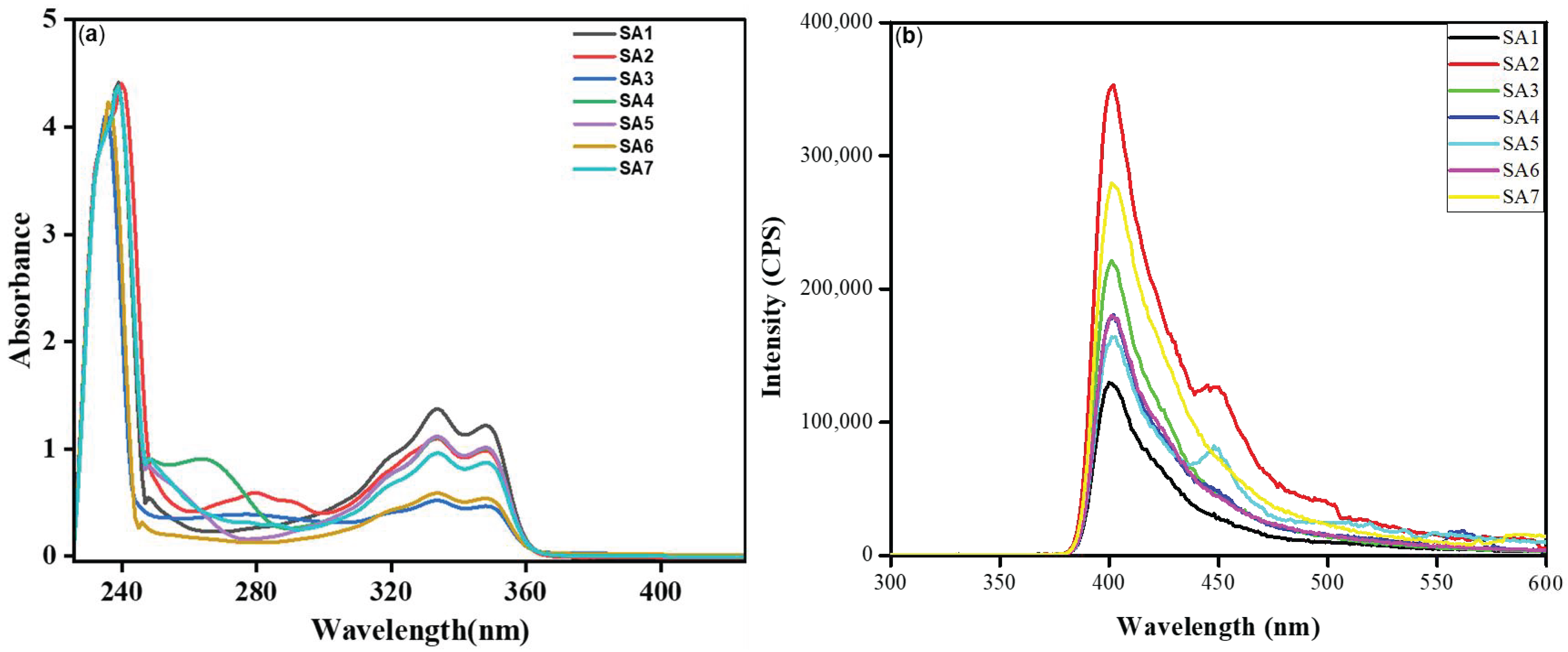

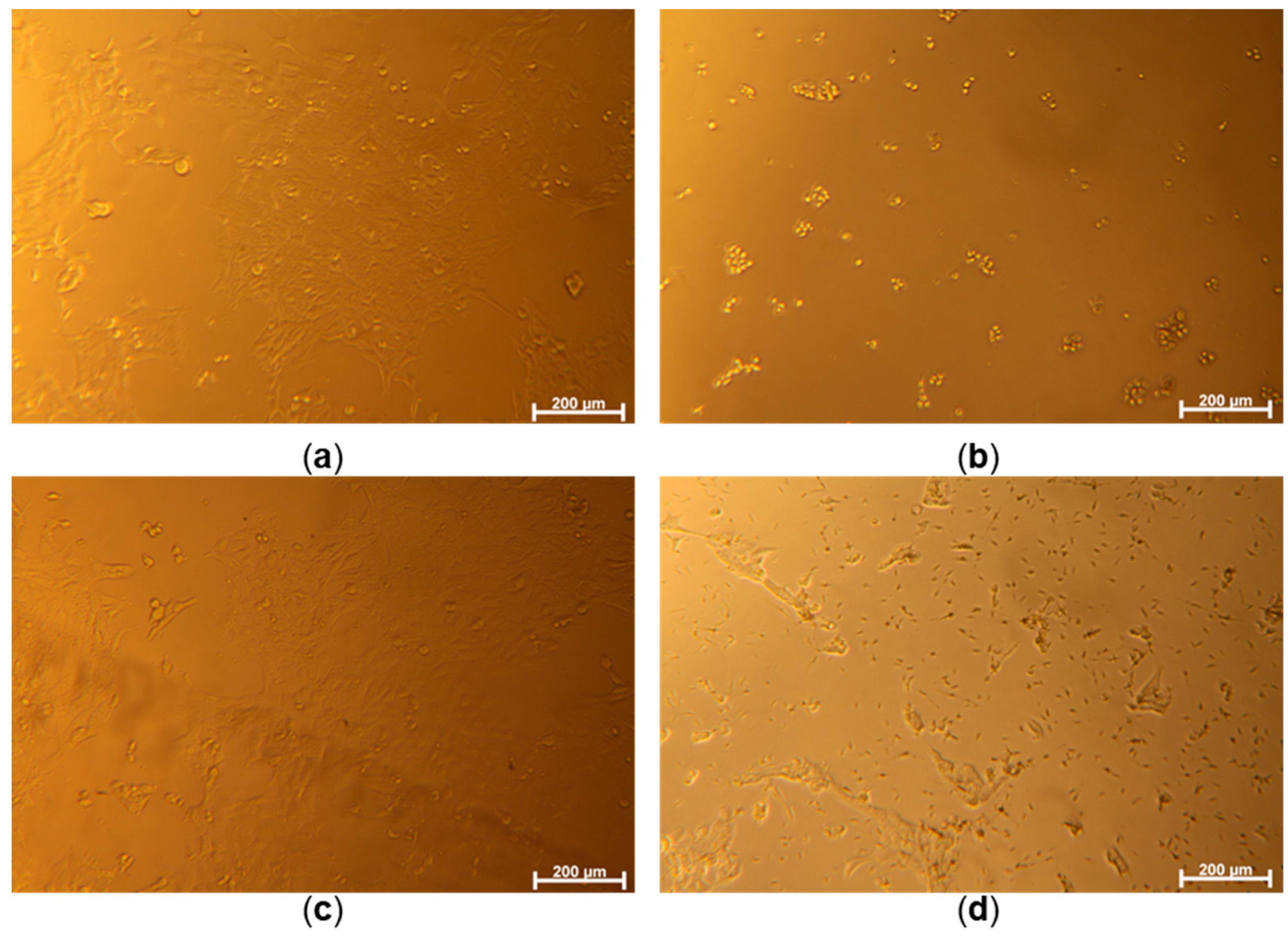

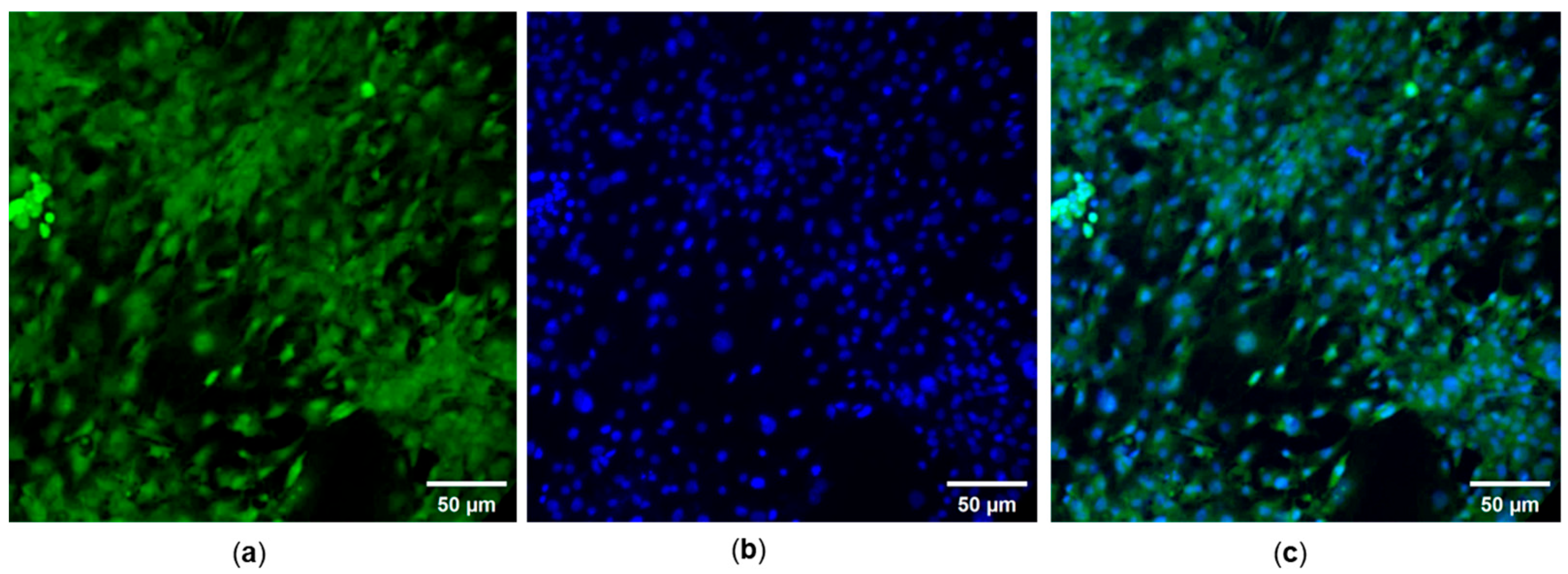
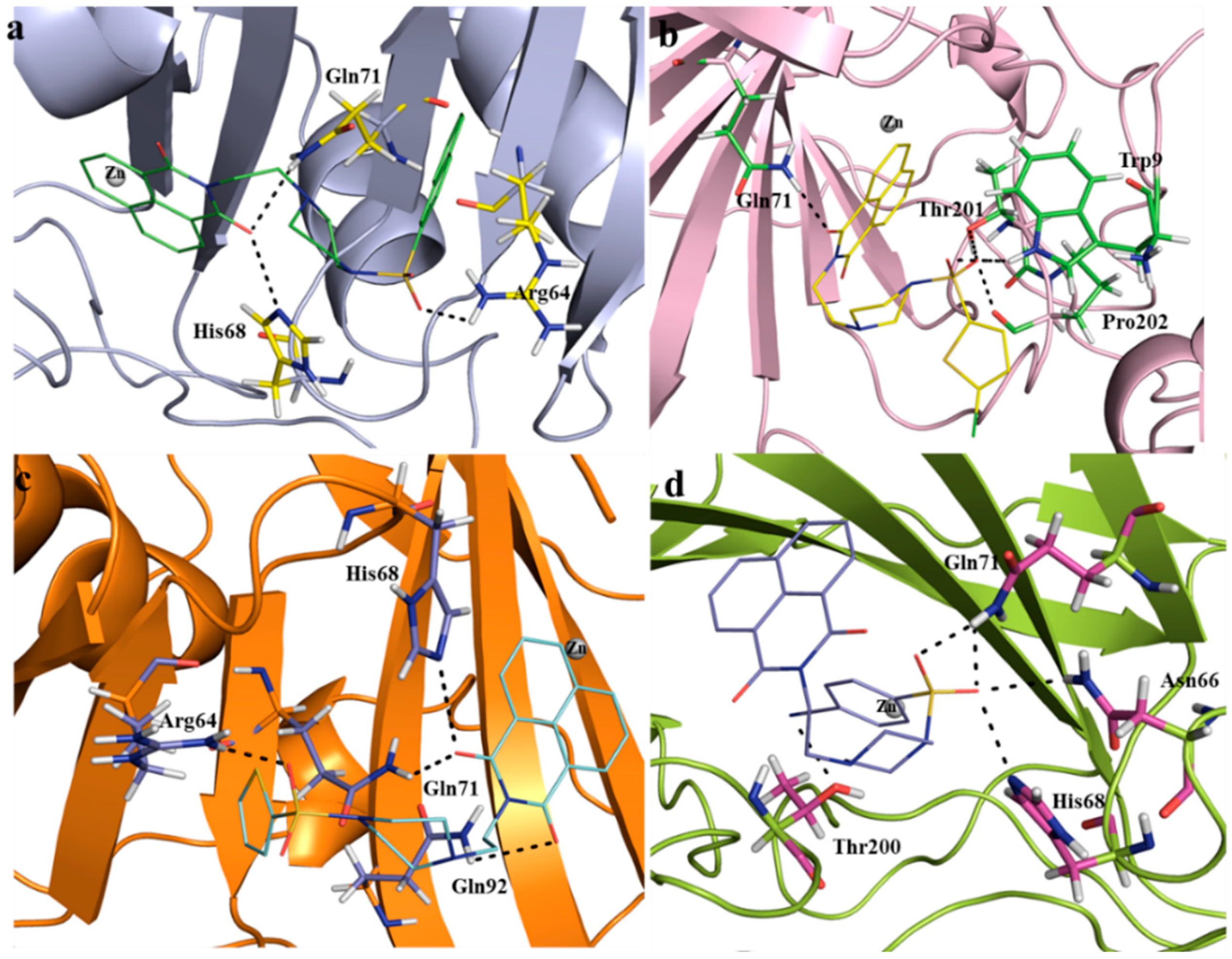
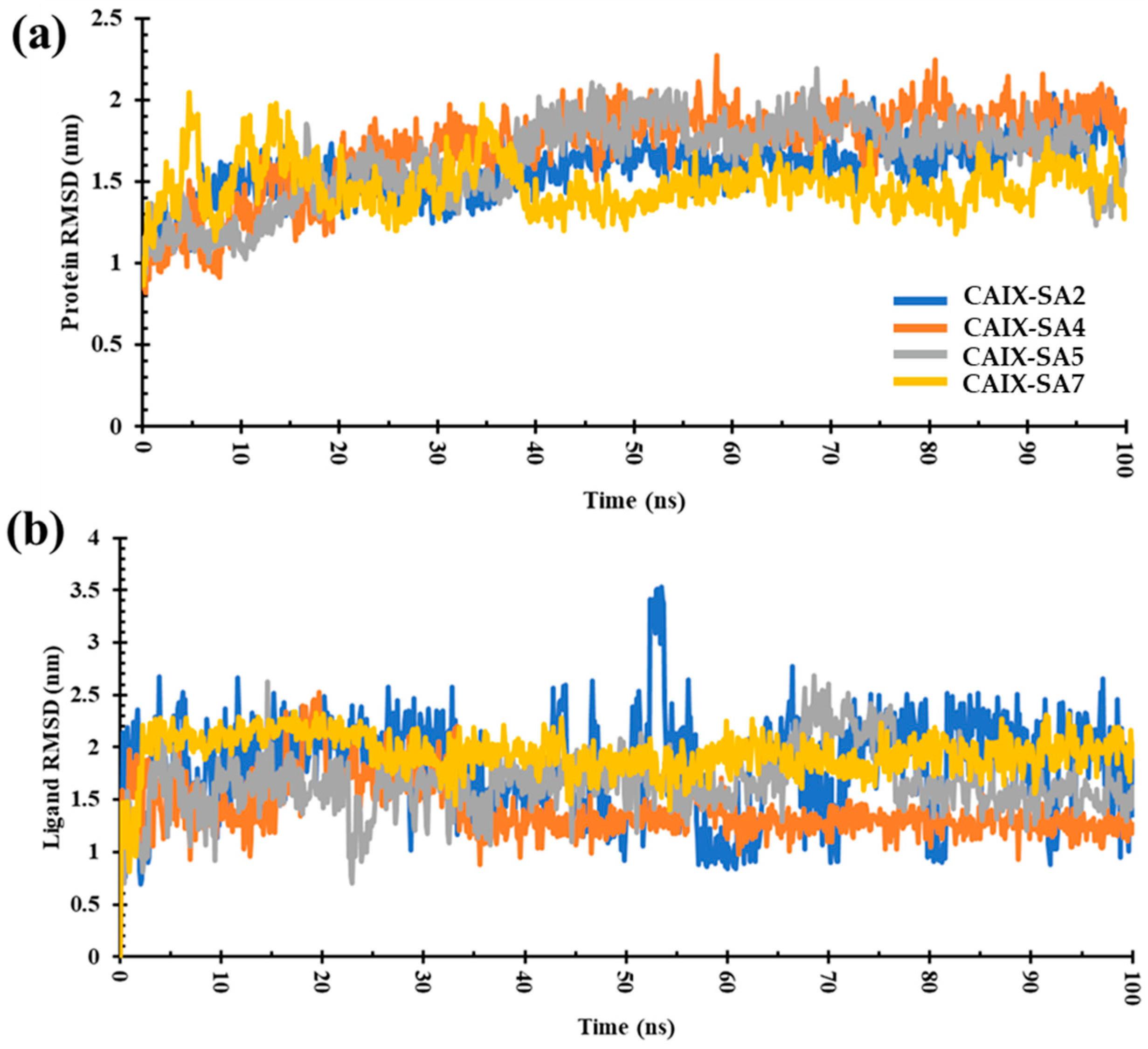
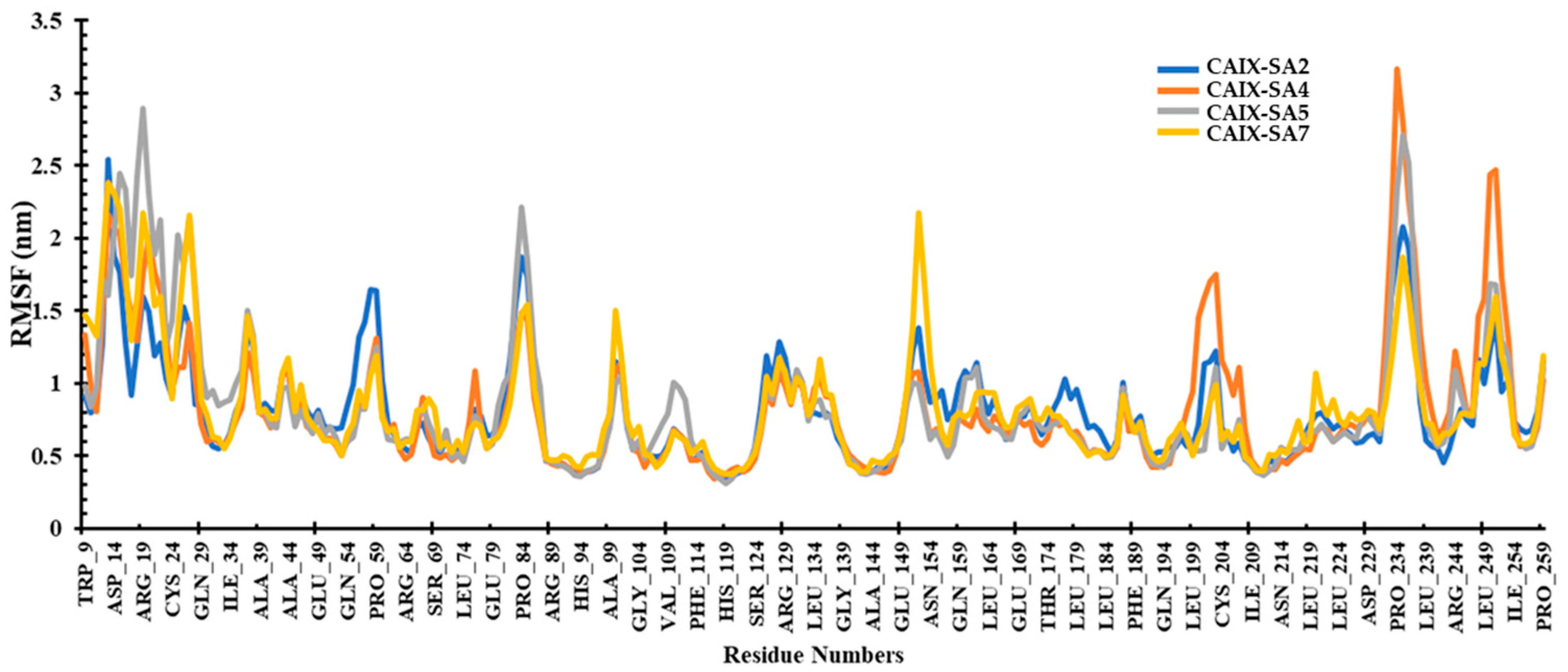

| Sample | Absorption (λmax. nm) | Emission (λem. nm) 1 | Stokes Shift (nm) 1 | Quantum Yield (Φ) | |
|---|---|---|---|---|---|
| DCM | DMSO | ||||
| SA1 | 238, 333, 348 | 259, 336, 351 | 401 | 50 | 0.030 |
| SA2 | 240, 333, 348 | 261, 327, 336 | 401 | 65 | 0.071 |
| SA3 | 236, 333, 349 | 261, 336, 350 | 401 | 51 | 0.048 |
| SA4 | 238, 333, 348 | 260, 336, 352 | 401 | 49 | 0.042 |
| SA5 | 238, 334, 348 | 260, 336, 352 | 402 | 50 | 0.035 |
| SA6 | 236, 333, 349 | 260, 336, 352 | 401 | 49 | 0.033 |
| SA7 | 239, 333, 348 | 260, 336, 351 | 401 | 50 | 0.041 |
| Code | Docking Results | Molecular and ADME Properties | |||||||||||
|---|---|---|---|---|---|---|---|---|---|---|---|---|---|
| Binding Affinity (kcal/mol) | No. of Amino Acids Involved in H-Bonding | CNS | MW | Dipole Moment | SASA | FOSA | FISA | PISA | WPSA | Volume | HBD | HBA | |
| SA1 | −7.39 | 4 | −2 | 494.52 | 8.90 | 730.17 | 162.83 | 186.15 | 381.02 | 0.155 | 1374.89 | 0 | 10.5 |
| SA2 | −8.39 | 3 | 1 | 499.58 | 3.00 | 785.48 | 169.23 | 118.06 | 497.58 | 0.599 | 1457.18 | 0 | 9.5 |
| SA3 | −7.92 | 5 | −2 | 494.52 | 5.97 | 752.79 | 168.74 | 223.12 | 360.29 | 0.644 | 1389.51 | 0 | 10.5 |
| SA4 | −8.04 | 4 | 1 | 489.99 | 7.90 | 730.25 | 168.54 | 129.12 | 319.80 | 112.773 | 1337.84 | 0 | 9.5 |
| SA5 | −7.95 | 4 | 1 | 455.55 | 8.28 | 704.55 | 168.57 | 129.16 | 364.64 | 42.176 | 1292.57 | 0 | 9.5 |
| SA6 | −7.65 | 2 | 0 | 450.51 | 6.15 | 709.72 | 169.15 | 153.91 | 386.03 | 0.621 | 1305.80 | 0 | 11 |
| SA7 | −8.61 | 4 | −2 | 474.53 | 5.76 | 751.89 | 168.66 | 197.45 | 385.18 | 0.6 | 1381.68 | 0 | 11 |
| Code | Protein RMSD (nm) | SD | Ligand RMSD (nm) | SD | RMSF (nm) | SD | MM/PBSA (kJ/mol) |
|---|---|---|---|---|---|---|---|
| SA2 | 1.57 | 0.16 | 1.82 | 0.46 | 0.81 | 0.35 | −36.78 |
| SA4 | 1.71 | 0.26 | 1.40 | 0.25 | 0.82 | 0.45 | −37.93 |
| SA5 | 1.63 | 0.25 | 1.66 | 0.29 | 0.84 | 0.47 | −36.61 |
| SA7 | 1.47 | 0.14 | 1.85 | 0.20 | 0.81 | 0.38 | −28.21 |
| Comp. Code | TPSA | Mol. Wt. | logP | # RBs | |
|---|---|---|---|---|---|
| SA1 | 133.9 | 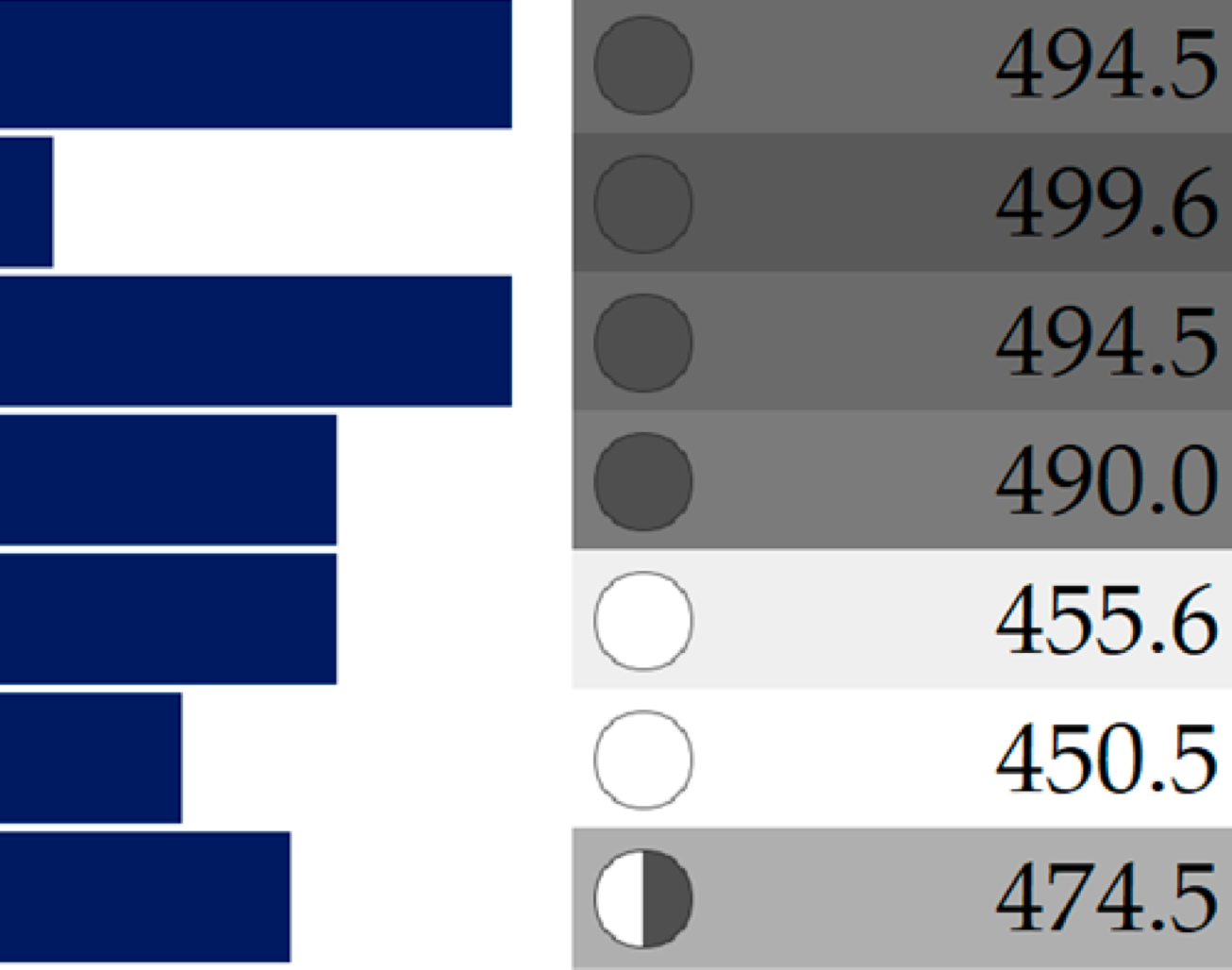 | 1.95 | 6 | |
| SA2 | 88.1 | 3.63 | 5 | ||
| SA3 | 133.9 | 2.03 | 6 | ||
| SA4 | 116.3 | 3.41 | 5 | ||
| SA5 | 116.3 | 2.81 | 5 | ||
| SA6 | 101.0 | 2.02 | 5 | ||
| SA7 | 111.9 | 2.53 | 5 | ||
| Parameters | SA1 | SA2 | SA3 | SA4 | SA5 | SA6 | SA7 |
| AMES toxicity | Yes | Yes | Yes | Yes | Yes | No | Yes |
| Max. tolerated dose | −0.284 | 0.102 | −0.233 | −0.135 | −0.171 | −0.129 | −0.184 |
| hERG I inhibitor | No | Yes | No | No | No | No | No |
| hERG II inhibitor | Yes | Yes | Yes | Yes | Yes | Yes | Yes |
| Oral rat acute tox. (LD50) | 2.97 | 2.179 | 2.965 | 2.664 | 2.562 | 2.643 | 2.541 |
| Chronic oral rat tox. (LOAEL) | 1.934 | 1.37 | 2.026 | 1.309 | 1.382 | 0.435 | 1.331 |
| Hepatotoxicity | Yes | Yes | Yes | Yes | Yes | Yes | Yes |
| Skin sensitization | No | No | No | No | No | No | No |
| T. Pryiformis toxicity | 0.291 | 0.286 | 0.292 | 0.32 | 0.323 | 0.302 | 0.31 |
| Minnow toxicity | 1.591 | 0.954 | 1.314 | 0.5 | 0.858 | −0.044 | 0.869 |
Disclaimer/Publisher’s Note: The statements, opinions and data contained in all publications are solely those of the individual author(s) and contributor(s) and not of MDPI and/or the editor(s). MDPI and/or the editor(s) disclaim responsibility for any injury to people or property resulting from any ideas, methods, instructions or products referred to in the content. |
© 2024 by the authors. Licensee MDPI, Basel, Switzerland. This article is an open access article distributed under the terms and conditions of the Creative Commons Attribution (CC BY) license (https://creativecommons.org/licenses/by/4.0/).
Share and Cite
Haque, A.; Alenezi, K.M.; Al-Otaibi, A.; Alsukaibi, A.K.D.; Rahman, A.; Hsieh, M.-F.; Tseng, M.-W.; Wong, W.-Y. Synthesis, Characterization, Cytotoxicity, Cellular Imaging, Molecular Docking, and ADMET Studies of Piperazine-Linked 1,8-Naphthalimide-Arylsulfonyl Derivatives. Int. J. Mol. Sci. 2024, 25, 1069. https://doi.org/10.3390/ijms25021069
Haque A, Alenezi KM, Al-Otaibi A, Alsukaibi AKD, Rahman A, Hsieh M-F, Tseng M-W, Wong W-Y. Synthesis, Characterization, Cytotoxicity, Cellular Imaging, Molecular Docking, and ADMET Studies of Piperazine-Linked 1,8-Naphthalimide-Arylsulfonyl Derivatives. International Journal of Molecular Sciences. 2024; 25(2):1069. https://doi.org/10.3390/ijms25021069
Chicago/Turabian StyleHaque, Ashanul, Khalaf M. Alenezi, Ahmed Al-Otaibi, Abdulmohsen Khalaf Dhahi Alsukaibi, Ataur Rahman, Ming-Fa Hsieh, Mei-Wen Tseng, and Wai-Yeung Wong. 2024. "Synthesis, Characterization, Cytotoxicity, Cellular Imaging, Molecular Docking, and ADMET Studies of Piperazine-Linked 1,8-Naphthalimide-Arylsulfonyl Derivatives" International Journal of Molecular Sciences 25, no. 2: 1069. https://doi.org/10.3390/ijms25021069
APA StyleHaque, A., Alenezi, K. M., Al-Otaibi, A., Alsukaibi, A. K. D., Rahman, A., Hsieh, M.-F., Tseng, M.-W., & Wong, W.-Y. (2024). Synthesis, Characterization, Cytotoxicity, Cellular Imaging, Molecular Docking, and ADMET Studies of Piperazine-Linked 1,8-Naphthalimide-Arylsulfonyl Derivatives. International Journal of Molecular Sciences, 25(2), 1069. https://doi.org/10.3390/ijms25021069







